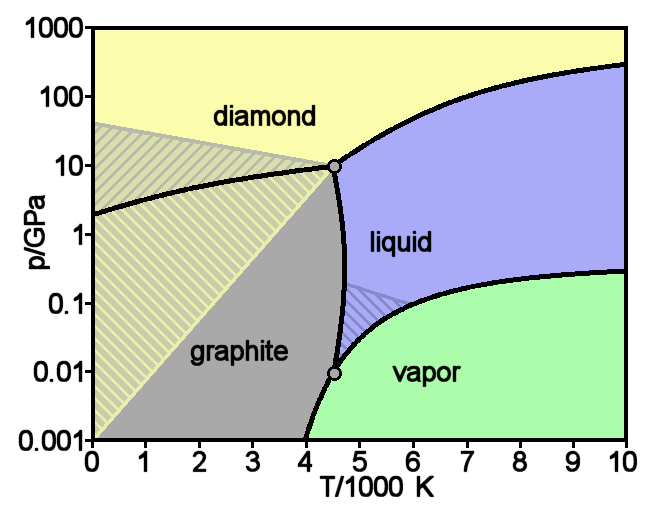JimBowie1958
Old Fogey
- Sep 25, 2011
- 63,590
- 16,830
- 2,220
Wow, I love this shit.
Have We Been Interpreting Quantum Mechanics Wrong This Whole Time?
"The orthodox view of quantum mechanics, known as the “Copenhagen interpretation” after the home city of Danish physicist Niels Bohr, one of its architects, holds that particles play out all possible realities simultaneously. Each particle is represented by a “probability wave” weighting these various possibilities, and the wave collapses to a definite state only when the particle is measured. The equations of quantum mechanics do not address how a particle’s properties solidify at the moment of measurement, or how, at such moments, reality picks which form to take. But the calculations work. As Seth Lloyd, a quantum physicist at MIT, put it, “Quantum mechanics is just counterintuitive and we just have to suck it up.”
"A classic experiment in quantum mechanics that seems to demonstrate the probabilistic nature of reality involves a beam of particles (such as electrons) propelled one by one toward a pair of slits in a screen. When no one keeps track of each electron’s trajectory, it seems to pass through both slits simultaneously. In time, the electron beam creates a wavelike interference pattern of bright and dark stripes on the other side of the screen. But when a detector is placed in front of one of the slits, its measurement causes the particles to lose their wavelike omnipresence, collapse into definite states, and travel through one slit or the other. The interference pattern vanishes. The great 20th-century physicist Richard Feynman said that this double-slit experiment “has in it the heart of quantum mechanics,” and “is impossible, absolutely impossible, to explain in any classical way.”
"Some physicists now disagree. “Quantum mechanics is very successful; nobody’s claiming that it’s wrong,” said Paul Milewski, a professor of mathematics at the University of Bath in England who has devised computer models of
bouncing-droplet dynamics. “What we believe is that there may be, in fact, some more fundamental reason why [quantum mechanics] looks the way it does.”
Riding Waves
"The idea that pilot waves might explain the peculiarities of particles dates back to the early days of quantum mechanics. The French physicist Louis de Broglie presented the earliest version of pilot-wave theory at the 1927 Solvay Conference in Brussels, a famous gathering of the founders of the field. As de Broglie explained that day to Bohr, Albert Einstein, Erwin Schrödinger, Werner Heisenberg and two dozen other celebrated physicists, pilot-wave theory made all the same predictions as the probabilistic formulation of quantum mechanics (which wouldn’t be referred to as the “Copenhagen” interpretation until the 1950s), but without the ghostliness or mysterious collapse."
Have We Been Interpreting Quantum Mechanics Wrong This Whole Time?
"The orthodox view of quantum mechanics, known as the “Copenhagen interpretation” after the home city of Danish physicist Niels Bohr, one of its architects, holds that particles play out all possible realities simultaneously. Each particle is represented by a “probability wave” weighting these various possibilities, and the wave collapses to a definite state only when the particle is measured. The equations of quantum mechanics do not address how a particle’s properties solidify at the moment of measurement, or how, at such moments, reality picks which form to take. But the calculations work. As Seth Lloyd, a quantum physicist at MIT, put it, “Quantum mechanics is just counterintuitive and we just have to suck it up.”
"A classic experiment in quantum mechanics that seems to demonstrate the probabilistic nature of reality involves a beam of particles (such as electrons) propelled one by one toward a pair of slits in a screen. When no one keeps track of each electron’s trajectory, it seems to pass through both slits simultaneously. In time, the electron beam creates a wavelike interference pattern of bright and dark stripes on the other side of the screen. But when a detector is placed in front of one of the slits, its measurement causes the particles to lose their wavelike omnipresence, collapse into definite states, and travel through one slit or the other. The interference pattern vanishes. The great 20th-century physicist Richard Feynman said that this double-slit experiment “has in it the heart of quantum mechanics,” and “is impossible, absolutely impossible, to explain in any classical way.”
"Some physicists now disagree. “Quantum mechanics is very successful; nobody’s claiming that it’s wrong,” said Paul Milewski, a professor of mathematics at the University of Bath in England who has devised computer models of
bouncing-droplet dynamics. “What we believe is that there may be, in fact, some more fundamental reason why [quantum mechanics] looks the way it does.”
Riding Waves
"The idea that pilot waves might explain the peculiarities of particles dates back to the early days of quantum mechanics. The French physicist Louis de Broglie presented the earliest version of pilot-wave theory at the 1927 Solvay Conference in Brussels, a famous gathering of the founders of the field. As de Broglie explained that day to Bohr, Albert Einstein, Erwin Schrödinger, Werner Heisenberg and two dozen other celebrated physicists, pilot-wave theory made all the same predictions as the probabilistic formulation of quantum mechanics (which wouldn’t be referred to as the “Copenhagen” interpretation until the 1950s), but without the ghostliness or mysterious collapse."

